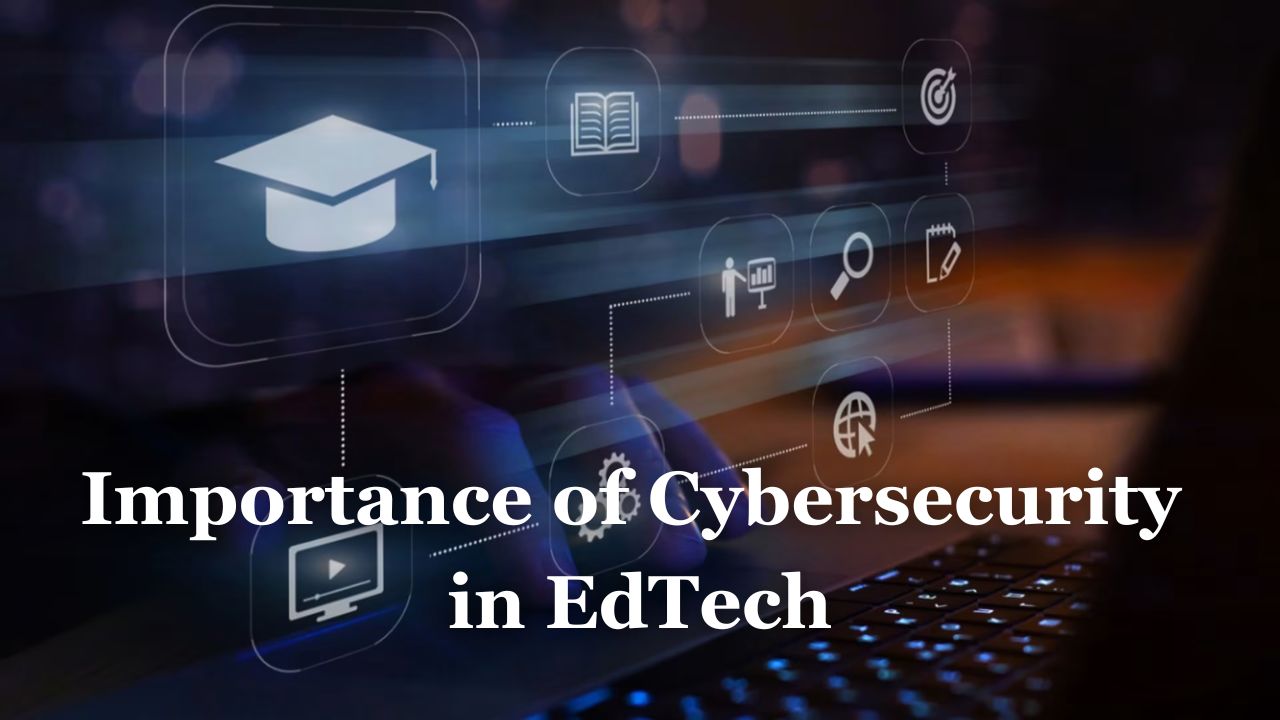In the digital age, education has undergone a significant transformation with the integration of technology into learning environments. Educational Technology (EdTech) has revolutionized how students learn, offering personalized learning experiences and access to a wealth of resources. However, alongside these advancements comes the critical need for robust cybersecurity measures to safeguard educational institutions, students, and sensitive data.
Page Contents
1. Protecting Student Data Privacy
One of the foremost concerns in EdTech is the protection of student data privacy. Educational institutions collect vast amounts of personal information, ranging from academic records to health data. This sensitive information must be securely stored and transmitted to prevent unauthorized access or breaches. Effective cybersecurity measures, such as data encryption, secure authentication protocols, and regular security audits, are essential to maintaining student trust and complying with data protection regulations like GDPR and COPPA.
2. Securing Learning Platforms and Networks
EdTech platforms and networks serve as the backbone of digital learning ecosystems. These platforms facilitate communication, collaboration, and content delivery among students and educators. Ensuring the security of these systems is crucial to prevent disruptions in learning and mitigate cyber threats such as malware, phishing attacks, and ransomware. Implementing firewalls, intrusion detection systems (IDS), and endpoint protection solutions can help fortify these networks against potential cyberattacks.
3. Addressing Cyber Threats in Remote Learning Environments
The rise of remote learning has further underscored the importance of cybersecurity in EdTech. Remote learning environments, often accessed via personal devices and home networks, are more vulnerable to cyber threats compared to traditional classroom settings. Educators and IT administrators must educate students about cybersecurity best practices, including safe browsing habits, password hygiene, and recognizing phishing attempts. Additionally, deploying virtual private networks (VPNs) and multi-factor authentication (MFA) can enhance the security of remote learning sessions.
4. Ensuring Continuity of Learning
Cybersecurity incidents, such as data breaches or system outages, can disrupt educational activities and compromise the continuity of learning. Educational institutions must develop robust cybersecurity incident response plans to quickly identify, contain, and mitigate the impact of cyber incidents. Regular backup of critical data, disaster recovery strategies, and proactive monitoring of network activities are essential components of these plans to minimize downtime and ensure uninterrupted access to educational resources.
5. Fostering Digital Citizenship and Cyber Awareness
Beyond technological solutions, fostering digital citizenship and promoting cyber awareness among students and educators is paramount. Educators play a crucial role in imparting digital literacy skills, teaching responsible online behavior, and raising awareness about cybersecurity risks. By integrating cybersecurity education into the curriculum, students can develop critical thinking skills and become proactive in safeguarding their digital identities and information.
6. Collaboration and Compliance with Industry Standards
Collaboration among educational institutions, cybersecurity professionals, and technology vendors is vital to addressing evolving cyber threats in EdTech. Participating in industry forums, sharing best practices, and staying informed about emerging cybersecurity trends can help institutions adapt their security strategies accordingly. Moreover, adhering to industry standards and regulations ensures that EdTech solutions are designed and implemented with security in mind, promoting a safer digital learning environment for all stakeholders.
Also Read- Artificial Intelligence and Cloud Computing: A Powerful Alliances
Conclusion
In conclusion, cybersecurity is indispensable in the realm of EdTech, safeguarding student data, securing learning platforms, and ensuring the continuity of learning in an increasingly digital landscape. By prioritizing cybersecurity measures, educational institutions can protect sensitive information, mitigate cyber risks, and empower students and educators to navigate the digital world safely and responsibly.




